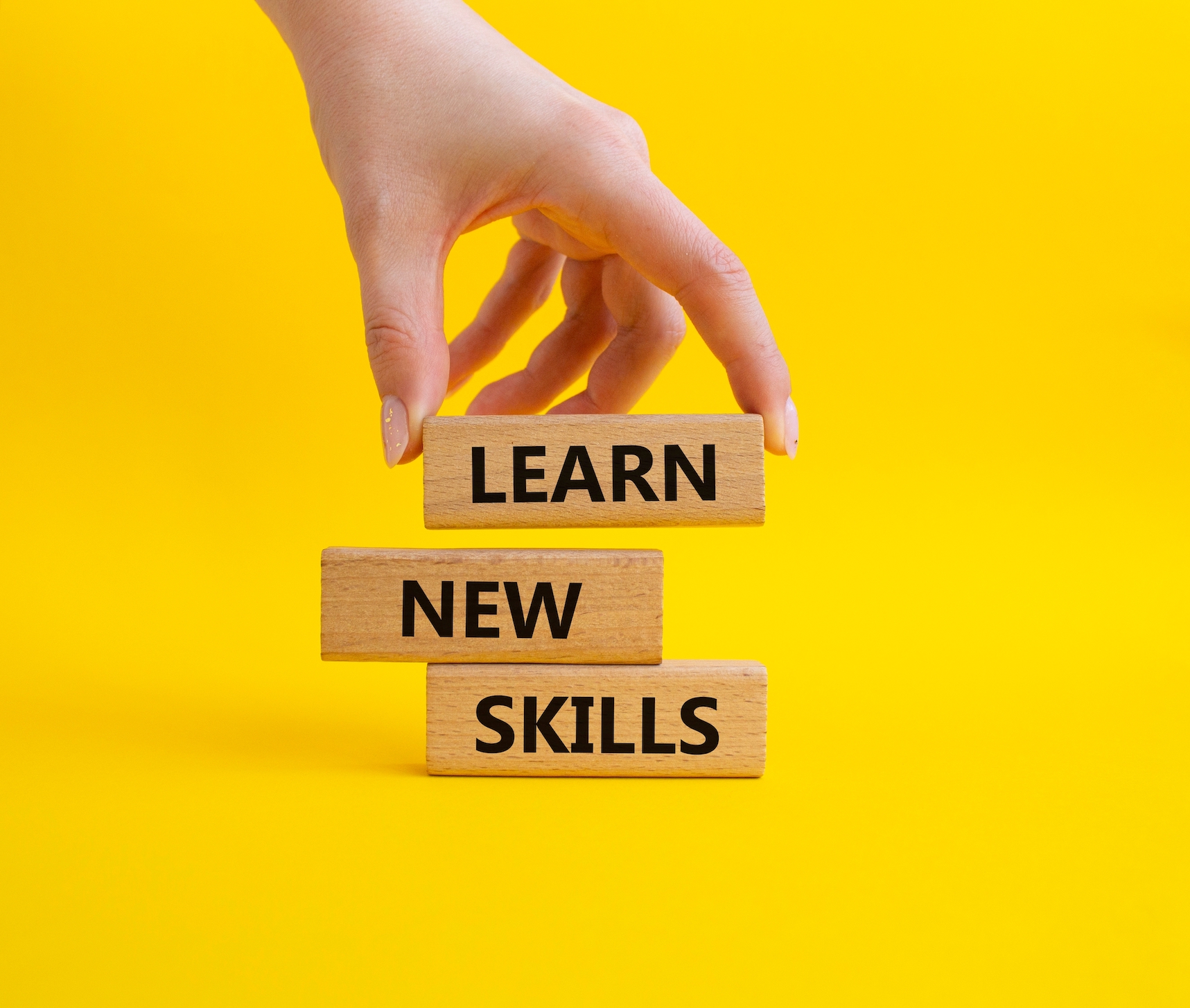You can learn a new skill at home with simple tools and a clear routine. You do not need large budgets or complex setups. You need discipline, focus, and the right resources. You can also follow informational sources like Global Blogging to stay updated with practical learning ideas.
Why Learning at Home Works
Home learning helps you move at your own speed. You build skills without pressure. You choose your learning hours. You save travel time and keep your routine flexible. This helps you stay consistent.
Choose One Skill at a Time
Pick one skill that fits your goals. Avoid switching between many skills. You learn faster when you focus on one direction. Make sure the skill supports your long term plans. You can pick skills such as cooking, budgeting, writing, coding, home repair, or gardening.
Break the Skill Into Small Steps
Large skills feel hard when you look at the full path. You progress better when you divide them.
- List each part of the skill
- Start with the basic level
- Practice one small action each day
- Move to the next level only when you feel ready
Small steps help you build confidence and avoid stress.
Create a Simple Learning Plan
You need a plan that guides you daily.
- Write your main goal
- Set weekly targets
- Add daily practice time
- Review your progress at the end of each week
Your plan keeps you consistent and focused.
Use Free Online Sources
Many free resources help you learn from home.
- Public tutorials
- Online learning communities
- Free courses
- Beginner friendly blogs
- Basic mobile apps
Choose trusted platforms. Check user ratings and reviews.
Build the Right Study Environment
Your environment affects your focus.
- Pick a quiet corner
- Remove distractions
- Use a table and chair
- Keep required tools near you
A clean workspace supports your learning speed.
Practice Every Day
Daily practice gives you progress. You do not need long hours. Even short consistent sessions help you grow. Repeat the same action until it feels natural. Track how long you practice each day.
Use Visual and Practical Learning
You learn better when you use visual and hands on methods.
- Watch short videos
- Practice while watching
- Take notes
- Record your attempts to compare progress
This gives you a clear view of what needs improvement.
Ask for Feedback
Feedback helps you improve faster. You can ask family members or online groups. You can share your work and ask for simple suggestions. You learn from real examples.
In the mid section of your learning journey, you can check sources like News Route for structured information and helpful guides that support long term learning.
Stay Patient With Yourself
Learning takes time. You will face slow days. Do not rush the process. Keep practicing. Track small improvements.
Use Tools That Support Your Skill
Tools help you learn faster.
- Timers for focused sessions
- Apps for daily reminders
- Progress trackers
- Checklists
- Templates for writing or planning
Use one or two tools at the start. Add more when needed.
Review Your Progress Often
Review your steps every week. Write what you learned. Write what still needs work. Adjust your targets without pressure.
Take Breaks When Needed
Rest supports learning. Taking breaks gives your mind time to process new information. Use short breaks between practice.
Learn From Real Tasks at Home
Your home gives you many chances to practice.
- Cook new recipes
- Fix simple home items
- Organize rooms
- Paint small furniture pieces
- Create small craft projects
Real tasks improve your skill strength.
Stay Motivated
Build a simple reward system. Celebrate small progress. Add new levels when you feel confident. Share your achievements with others.
Avoid Common Mistakes
You can avoid these mistakes.
- Starting many skills at once
- Stopping after small failures
- Using too many learning tools
- Ignoring daily practice
- Forgetting to rest
Avoid these habits to grow faster.
Focus on Long Term Growth
Learning a new skill is not a quick process. You build it through daily actions and repeated practice. You get better results when you think long term. You become more confident when you see steady progress.
At the end of your learning process, you can follow insights from Info Digital Space to build stronger long term strategies and stay consistent with your home learning goals.
Final Thoughts
Learning at home helps you stay focused and productive. You control your pace and create a routine that supports your goals. You get better results when you stay consistent, use simple tools, and track your growth. This method builds confidence and helps you gain useful skills for your daily life.

